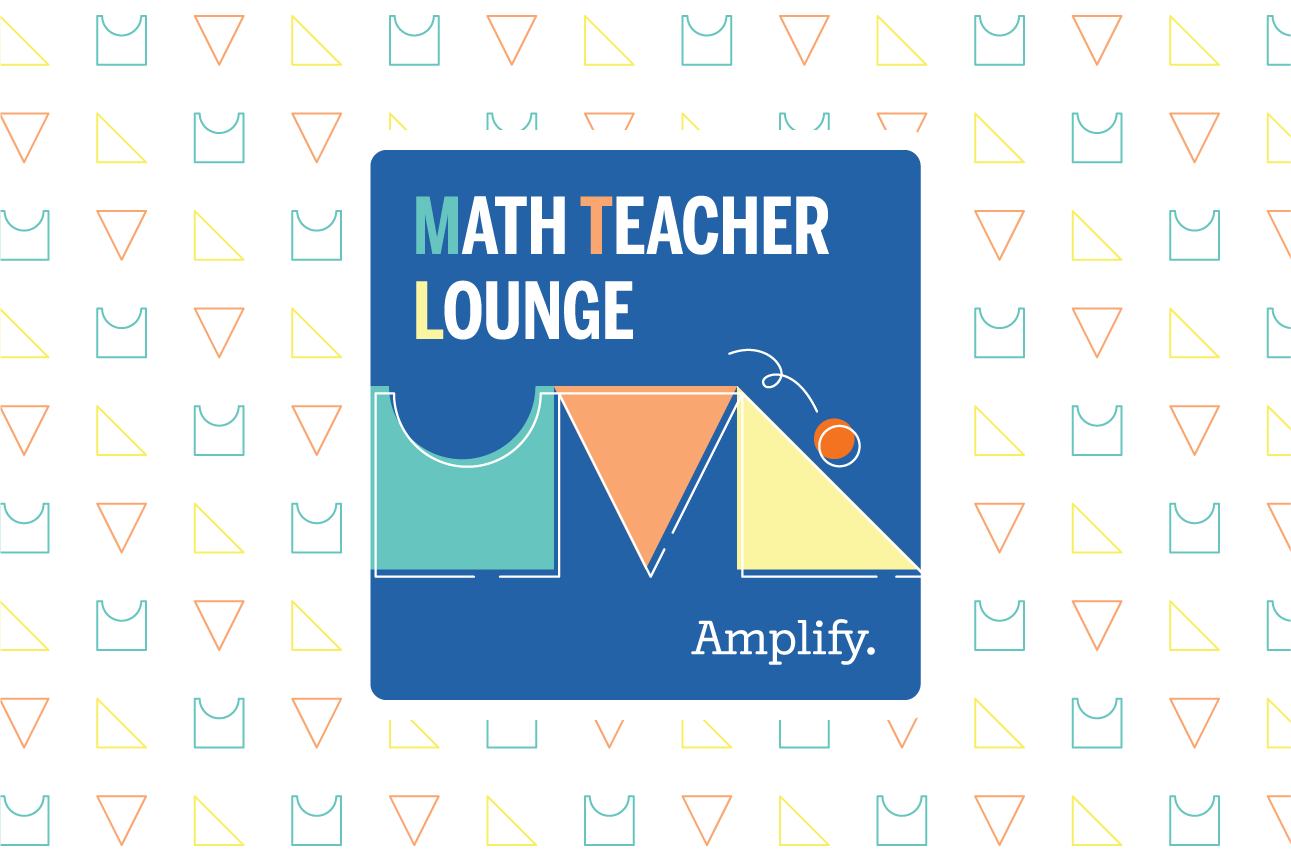
Why is collaborative learning important?
Just ask this third grader: “It is important to work together, because when you work together you can get smarter by other people’s ideas.”
That just about sums it up!
Let’s take a closer look at what math looks like in a collaborative classroom, why collaboration matters, and how teachers can build a culture of collaboration for their K–8 math students.
What is collaborative learning in mathematics education?
Kristin Gray, executive director of Amplify’s math suite, is a veteran math teacher. (The answer above came from one of her very astute third graders.) And according to her, collaboration in math is so much more than just kids chatting. Gray of collaborative math learning in elementary math and beyond as kids who are:
- Grouped around a table, not isolated at separate desks.
- Engaging in animated conversation.
- Explaining their thinking and justifying their answers.
- Comparing their various approaches.
- Connecting math to their own lived experiences.
- Connecting their ideas to the ideas of others.
Taken together, collaboration supports connections—among experiences, math concepts, and others’ ideas and experiences.
“Collaboration means making the time and space to take these widely varied things that each ąú˛úÂ鶹ľçbrings uniquely to our math classroom and bring them out in a really safe and collaborative culture.”
Why is collaborative learning important in math?
Substantial research shows that collaborative learning promotes active learning, critical thinking, communication skills, social development, a positive learning environment, deeper understanding of concepts, and preparation for real-life situations.
Gray cites a few findings in particular:
- A 2014 NCTM study found that mathematical conversations and discourse among students—at all grade and ability levels—helps build a shared understanding of mathematical ideas.
- Hope A. Walter’s article “Beyond Turn and Talk: Creating discourse” (Teaching Children Mathematics, 2018) asserted that meaningful math discourse supports metacognition and teaches ąú˛úÂ鶹ľçhow to discuss, debate, and reevaluate mathematical situations in a respectful manner .
- A 2018 NCTM study found that when ąú˛úÂ鶹ľçhave the chance to analyze and compare each other’s approaches, any sense of hierarchy in the classroom is reduced and replaced with a classroom culture that values input from all students.
Hands-on math activities and more: Components of a collaborative classroom
What conditions best set up a math class for collaboration?
Above all, ąú˛úÂ鶹ľçneed hands-on activities that truly engage—or, in Gray’s words, “tasks worth talking about.” Teachers should emphasize the importance of the process of getting to the answer, encouraging the sharing of “rough draft ideas” that ąú˛úÂ鶹ľçcan develop together. Gray also recommends stopping the groups’ conversations before they’re done, so that they can reflect on what they’re doing rather than just report what they did.
Other resources:
Problem-based learning offers a powerful approach to collaborative learning in math. Our guide around will walk teachers through what problem-based learning is, why it’s critical to math instruction, and how to support the shift to this approach through Learning Labs. A tried-and-true STEM strategy that Gray has often used with teachers, Learning Labs break the typical mold of siloed professional development days by encouraging collaborative professional learning within the classroom!
Desmos Classroom activities let ąú˛úÂ鶹ľçshare their thinking with each other. The teacher dashboard provides educators a window into this thinking in real time, as well as a powerful toolkit to turn those ideas into still more productive conversations and effective learning. Check out all the Desmos Classroom has to offer.
More to explore


